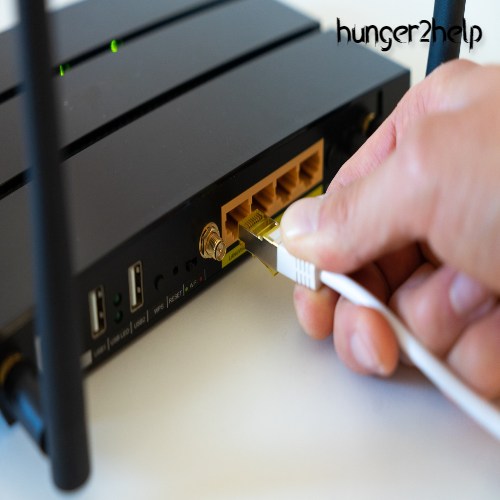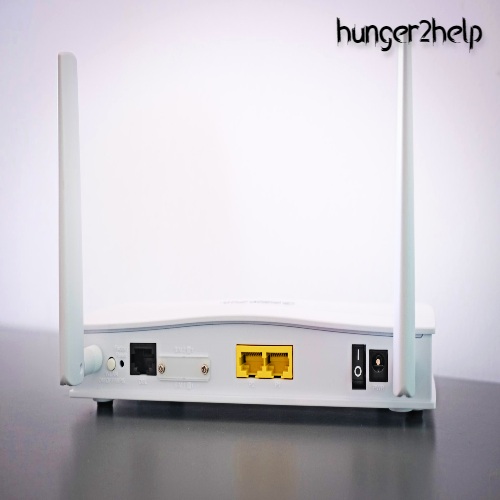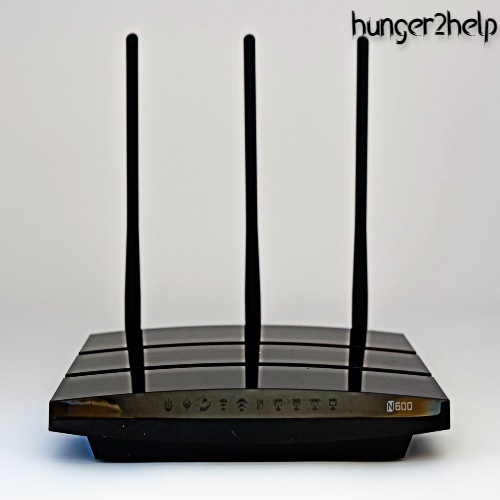If you’ve been using the same old cable modem at home, you might be wondering how long modems last. After all, it’s not like you’ve been through them quickly or anything! If you want to get some use out of your current piece of hardware, though, here’s what you need to know about how long do modems last and how to maintain yours so that it continues to provide reliable internet speed service throughout its entire lifespan.

How Long Do Modems Last?
10-15 Years. It’s always a treat to upgrade or get new technology, especially when you’re talking about computer equipment and modems. Yet, although getting a new router and wireless connection every few years is kind of fun, it can also be difficult with different interfaces and ports to remember (not to mention your modem probably came with instructions that were impossible to understand). So how long do modems last? A surprisingly long time!
Older modem technology:
While many people assume that their cable modem will last forever, it won’t. Even your standard DSL modem won’t last as long as you might think. If you want to get a better idea of how long modems typically last, here are some hints: Newer technology usually lasts longer than older technology. In fact, if you have an old-school dial-up connection at home, your modem has already outlived its average life expectancy!
Dial-up connections were pretty much phased out by 2005; most of these systems were expected to live around five years with moderate use. When DSL became popular in 2005, most users found they could keep their modem for around seven years before needing to upgrade again. To put things into perspective, about 50% of businesses change over to new internet provider providers within five years. This means that more than half of businesses aren’t even using their original modems anymore (they’ve either upgraded or switched over).
Businesses expect even shorter lifespans from consumer equipment like computers and peripherals; upgrades happen every two or three years on average. It seems pretty clear that consumer internet companies expect fewer than 10 years from their products—and most people just accept it.
Ethernet vs. DSL connections:

A modem can be either an Ethernet or a DSL connection. With both options, your computer must be connected to a modem before you can connect to anything else. This connection is what allows you to access Internet content from all over the world. While DSL connections have become more common in recent years, most people still use cable or Ethernet for connecting their computers to the type of modem.
The difference between these two types of connections has less to do with how they work and more to do with how fast they are—Ethernet tends to be faster than DSL because it uses wires that support higher bandwidths. However, neither of these systems will affect how much time it takes a higher-quality modem to reach maximum download speeds.
They just handle data differently. Whatever kind of modem you use, its speed will depend on a variety of factors, such as its internal processing speed, how many other users share your connection at any given moment, and whether or not someone living near you is downloading files (or watching videos) at full blast while you’re trying to catch up on e-mail. You might also want to consider additional software designed to optimize and boost your modem’s performance—just don’t expect miracles.
How Do You Know If Your Modem Is Going Bad?

While there’s no way to know for sure that your modem is dying until it suddenly stops working, there are some clear warning signs that you can look out for. Even if your modem isn’t old enough to be going bad, these tips will still help you to troubleshoot major issues with speed and connectivity.
The most common complaints about modems include slow speed or download speeds, a seemingly dead connection, or a dropped connection altogether. If you’re experiencing any of these problems, follow our quick guide below to figure out whether or not your modem needs replacing before it becomes too late!
Things that break on your modem over time:
A tiny plastic tab, a couple of screws, possibly a ribbon cable. If you’re not super handy with hardware, replacing these parts may seem like a big undertaking. The good news: You don’t have to pay an electronics repair person to do it for you.
All that is required is a screwdriver and some patience. Most people who try their hand at DIY modem fixes find that once they get over their fear of breaking something, repairing their own gear gives them a sense of satisfaction. At least if things go wrong—and even if they don’t—you can always call your friendly neighborhood techie for help! All Good Things Must Come to an End or Do They?
Sooner or later all technology comes to its end-of-life. When yours does, remember what equipment was involved and keep track of when it happens so you know when yours needs replacing.
Other possible risks:
Cable box outages, fire, lightning strikes. Your modem’s lifespan is also dependent on many factors that can affect your Internet service. One major factor is whether you have a standalone modem or a combo connected device that serves as both your modem and wireless router (these compatible devices are available from internet providers such as Comcast and AT&T).
In general, combo electronic device aren’t designed to be repaired. Instead, they’re simply replaced when they fail. Cable router modems, on the other hand, can be opened up and their components replaced. This means if there’s an issue with a modem’s power supply or its radio transmitter, these parts can usually be swapped out for working ones.
That said, cable service modems do still break down sometimes—sometimes quite spectacularly! The most common problems we hear about come in two flavors: There’s something wrong with either the hardware itself or something that went wrong during set-up/activation. If you experience an issue where your connection drops frequently or your broadband speeds slow way down, it could indicate a hardware problem with your modem. These are generally issues that happen after a period of use.
The future of internet connections:
Fiber optic is a type of internet connection that uses glass wires, sometimes called fibers, to transmit data instead of using old-fashioned copper wires. The result is faster internet speeds and more reliable connections. And here’s another reason to like fiber optic – according to our research, it tends to last longer than your old modem or router.
What to do with an old modem?

Now that you’ve got a new, high-speed modem, what do you do with your old one? Well, if it still works, it’s probably worth selling. After all, broadband modems are a useful and in-demand electrical device that can help both consumers and businesses get faster speed internet access.
So, if you’re looking to recoup some of your investment—or just clean out some clutter—here are some tips for selling your old modem. Just make sure you know how much it’s worth before you sell! We don’t want people throwing their unused electronics away because they can’t find someone who wants them…because they could be sitting on big bucks!
Remember: digital earnings aren’t cashed money (until eWallets come into play!) so always check online prices before bartering/selling an item. There are also numerous helpful books like Ted Biggs’ The Complete Guide to eBay Auctions available at most local libraries. The library is also a great resource for people starting up a small business (even those based on technology).
Talking with librarians about what type of book titles or Web resources might be useful is well worth your time. And remember, there are many good deals to be had at secondhand stores and flea markets. Places such as Goodwill Industries will even pay you good cash money for your unwanted items; then they resell them at bargain prices.
Conclusion:
The amount of time a modem lasts varies depending on how it’s used. If you plan to use your modem for online gaming, or if you access it every day, then two years is too long. When buying a new one, make sure to look into modems with longer warranties.
These will ensure that if anything goes wrong within 2 years of purchase, you won’t have to pay for any repairs yourself. The modem will be replaced by your manufacturer free of charge! And don’t forget—modems are fairly cheap these days, and so they’re easy to replace. But remember, if you do end up getting a new one every year anyway (which is not ideal), then at least get a decent Two-Year warranty.
Also, check out ” 323 Area Code ” ” Walmart Cash Back Limits ” ” Black Bugs In House “
Hi I’m Bilal Malik, a digital marketing and blogging expert holding years of experience.









